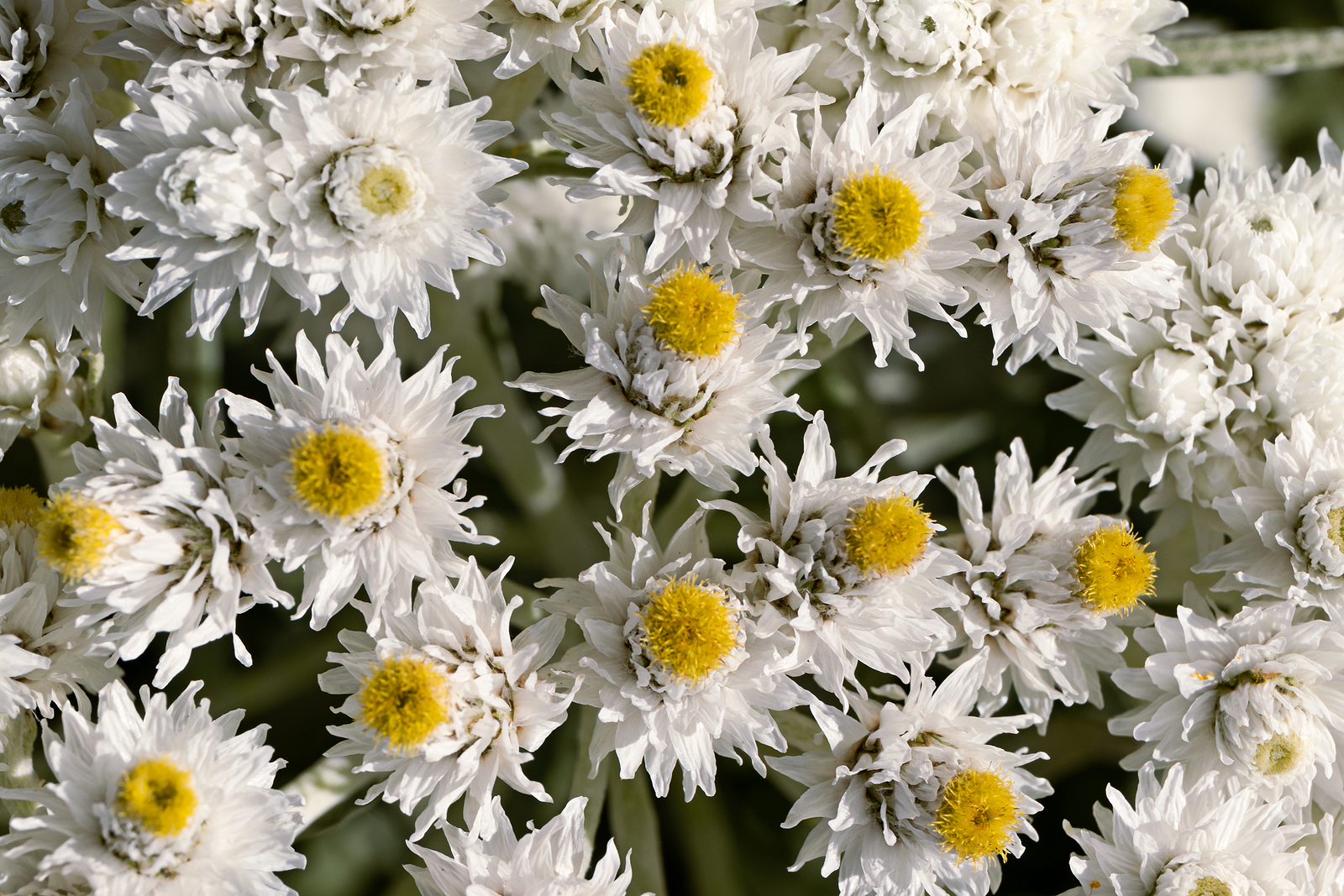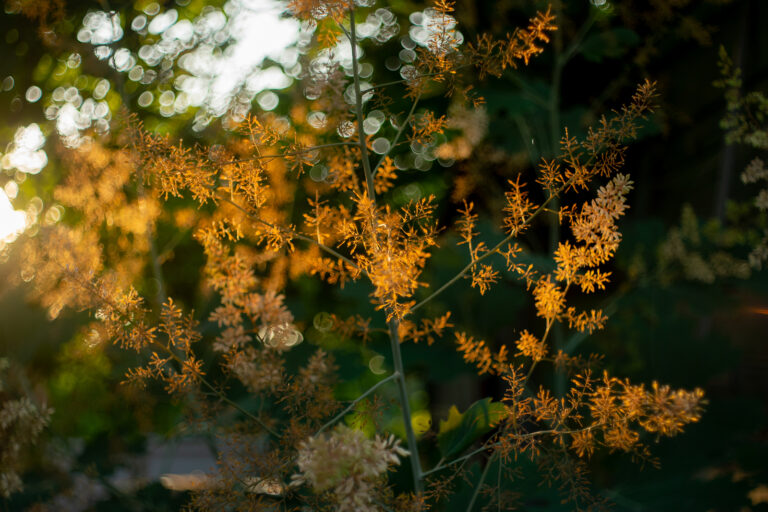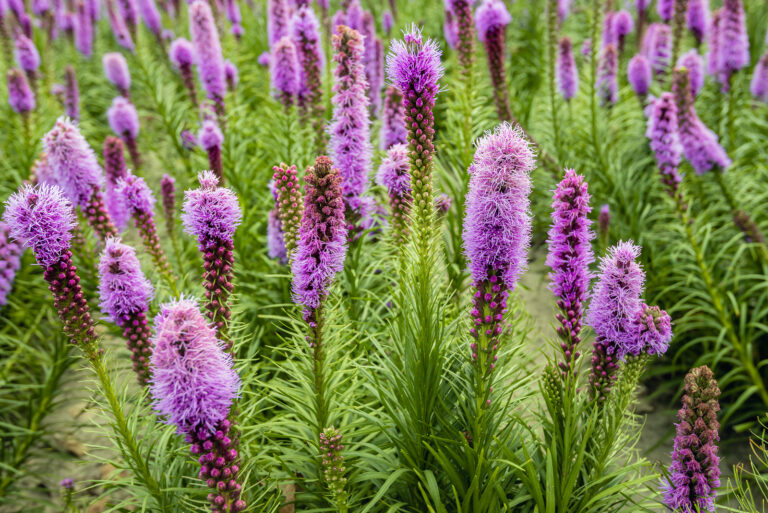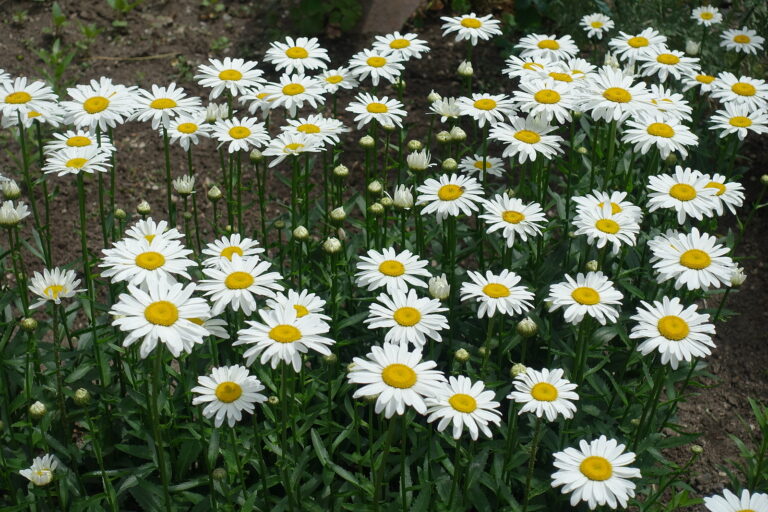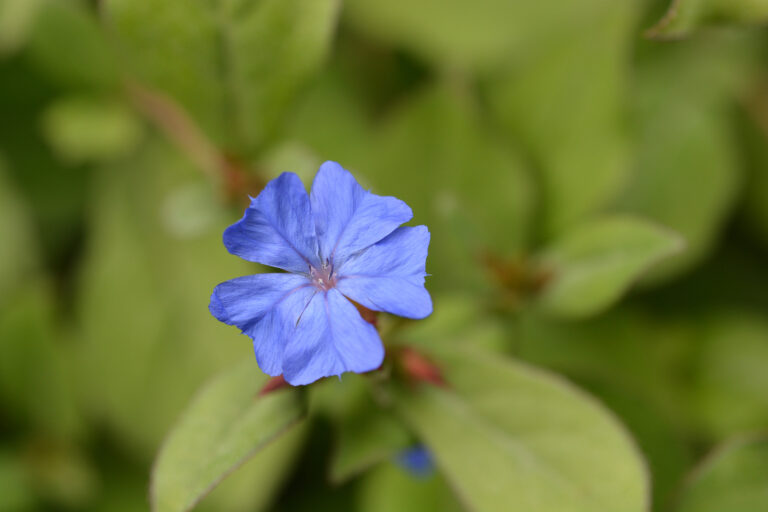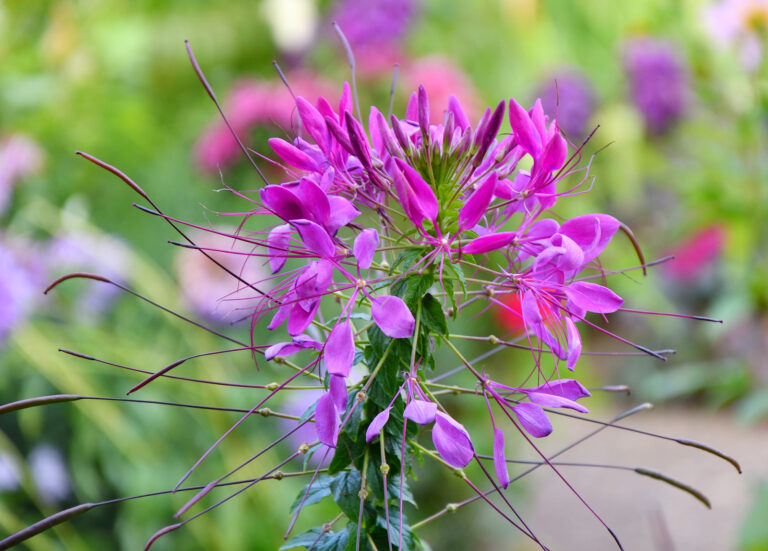How to Grow Pearly Everlastings — Anaphalis
Anaphalis–commonly called pearly everlastings–is a gray furry-leaved perennial that bears clusters of papery daisies. The foliage is perhaps the most outstanding characteristic of Anaphalis.
Anaphalis has a mounding habit with erect, branching stems that carry the flowers. It is one of the few gray-leaved plants that thrive in partial shade. Anaphalis is heat tolerant but prefers evenly moist soil in summer.
Anaphalis is not fussy about soil as long as it is well-drained.
Anaphalis is ideal for semi-shady borders where other gray plants will fail. Flowers can be cut and dried for arrangements,

Get to know Anaphalis
- Plant type: Perennial
- Growing zones and range: Zones 3 to 8
- Hardiness: Hardy to Zone 3
- Height and width: Grows 2 to 3 feet (61-91cm) tall and 24 inches (61cm) wide
- Foliage: Gray-green lance-shaped leaves; leaves are covered in wooly hairs which give them a silvery appearance.
- Flowers: Rounded clusters of white flowers open to yellow-centered buttons with crisp petals.
- Bloom time: Mid to late summer
- Uses: Useful in rock gardens and wildflower plantings. Use them to separate drifts of brightly colored flowers in the border.
- Garden companions: Azure monkshood (Aconitum carmichaelii)
- Common name: Pearly everlasting
- Botanical name: Anaphalis
- Family name: Asteraceae
Where to plant Anaphalis
- Plant Anaphalis in full sun or partial shade
- Plant Anaphalis in well-drained, moist soil. Do not let the soil dry out in summer.

When to plant Anaphalis
- Set container-grown plants in the garden in spring or fall.
- Sow seed after the last frost in spring in evenly prepared soil.
Planting and spacing Anaphalis
- Space Anaphalis 24 inches (61cm) apart.
- Sow seed 1/8 inch deep in evenly prepared soil.
How to water and feed Analphalis
- Anaphalis is more drought-tolerant and is less able than other species to tolerate heavy or wet soils.
- Apply fertilizer at half the average rate to avoid rank, weak growth.
Anaphalis care
- Clean up plants in early spring.
Anaphalis pests and diseases
- Anaphalis has few problems with pests.
- Anaphalis can develop rust, stem rot, and leaf spots.

Anaphalis propagation
- Seed and division in early spring
- Divide them every four or five years; they are easy to move.
- Take cuttings at the base of the plant in spring or take stem cuttings in spring or early summer.
Anaphalis varieties to grow
- Anaphalis margariticacea, common pearly everlasting, is a native wildflower with very small yellow flowers surrounded by whites bracts.
- A. margaritacea var. yedoensis, Japanese pearly everlasting, has larger flowers than the species and may be hardy to Zone 3 with good snow cover.
- A. triplinervis, three-veined everlasting has similar blooms over mounds of woolly gray-green leave; grows to 3 feet; can tolerate more excess moisture than other species; cultivar ‘Summer Snow’ is a dwarf that is good for edging.

